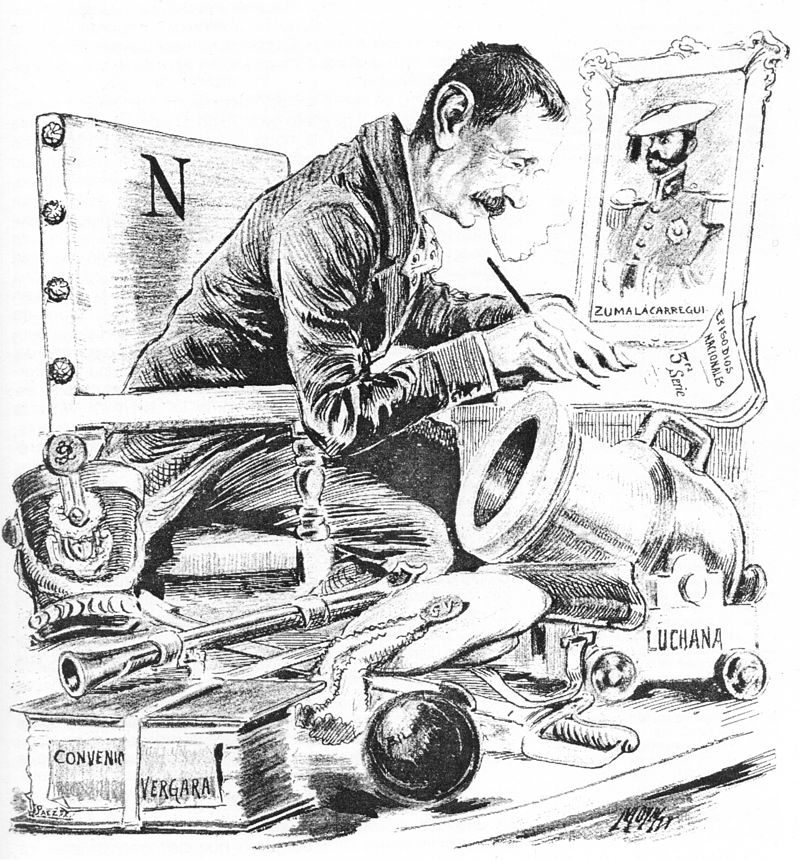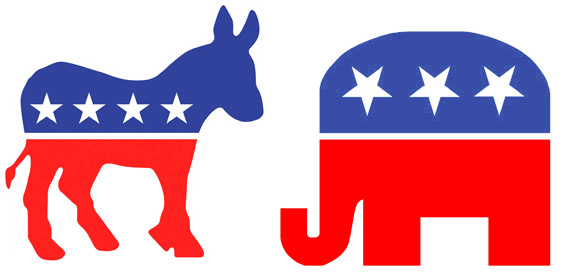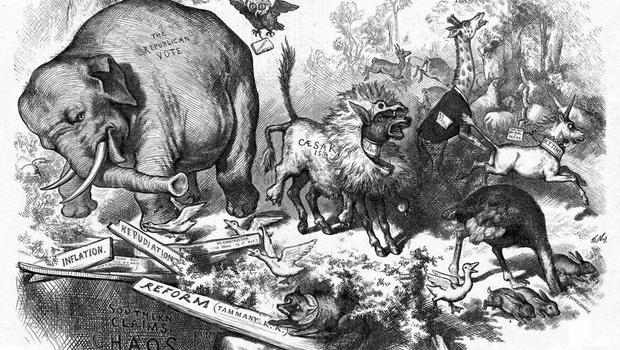Here you have some links and short videos to learn more about China's one-child policy and why the Chinese government decided to abandon it last year:
-These three links explain why the Chinese government decided to intervene in order to reduce birth rate in China and the results of this anti-natalist policy:
http://www.bbc.com/news/world-asia-china-34667551
http://news.nationalgeographic.com/2015/11/151113-datapoints-china-one-child-policy/
- This video explains 10 important key data about China's one-child policy:
- A short explanation of why China left the one-child policy in October 2015:
- These two videos focus on the consequences of the anti-natalist policy over ordinary people. ageing population, only children and secret children with no rights:












